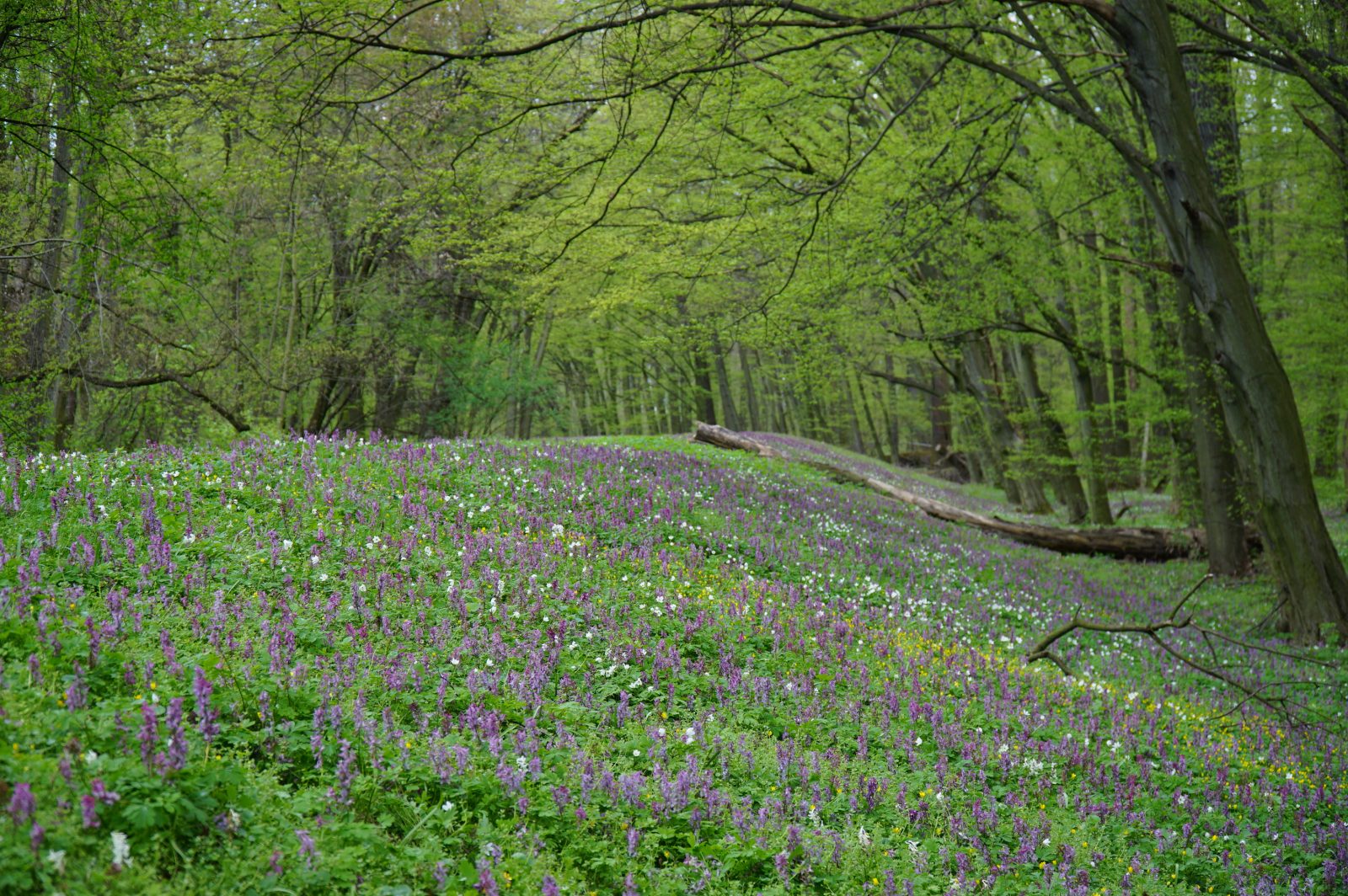
Professor Świerkosz for Science: nitrogen pollution has a greater impact on plant migrations in Europe than climate change
Why do plants migrate and in which direction? Is it caused by global warming? With what speed do they move?
In the October 2024 issue of Science, an article titled Unexpected westward range shifts in European forest plants link to nitrogen deposition was published, which presented research conducted by P. Sanczuk, K. Verheyen and P. de Frenne. The team of researchers also included prof. Krzysztof Świerkosz, a researcher from the Faculty of Biological Sciences of the University of Wrocław, and dr Kamila Reczyńska, who was affiliated with our university until recently.
This research team is a part of the forestREplot project, coordinated by scientists from the University of Ghent. The team involves the finest forest ecologists from all around Europe and the USA. The consortium aims to study changes in the temperate zone forests on both continents by analyzing phytosociological records1 conducted over time on selected areas or small-site research sites, such as nature reserves. The oldest data traces back nearly one hundred years ago, with records from Lower Silesia starting from the mid-1950s.
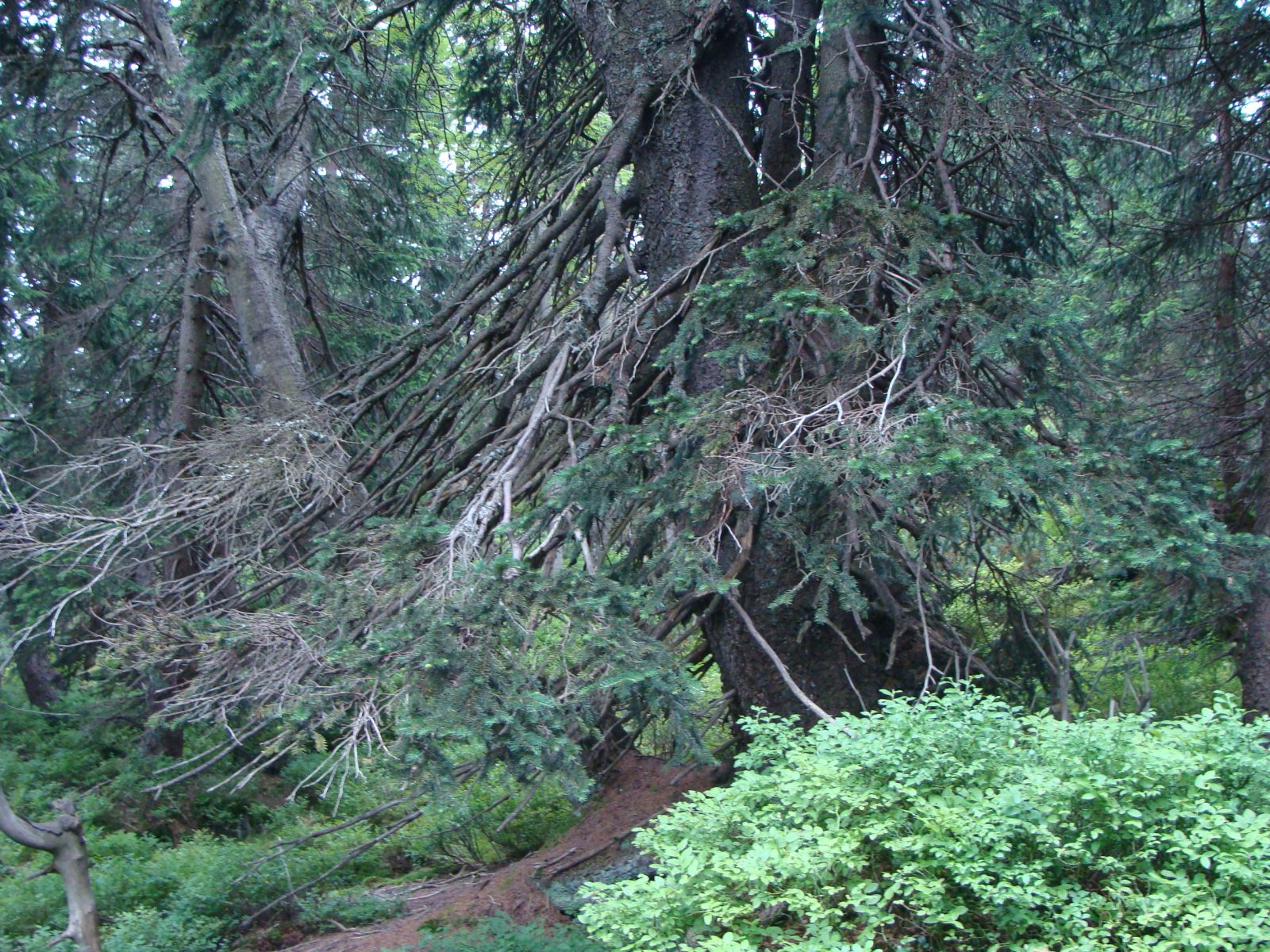
It is widely accepted that higher temperatures make plant species migrate northward in search of colder regions. It seems logical because of the changes in average annual temperatures, which have increased in Europe by over 2 degrees since pre-industrial times. This claim is supported by the increase in animal migration in the past decade. Vertebrates such as the golden jackal, dice snake, or stenothermal bats also move northward. This is even more noticeable with invertebrates, with the increase in praying mantis and wasp spider populations in Poland noticeable to the naked eye.
For vascular plants2, however, we are dealing with an unexpected situation. The research published by the team shows that the plant species’ westward range shift is 2.6 times more probable than the shift northward. The main component here is the high nitrogen deposition level stemming from atmospheric pollution, enabling a quick spread of nitrogen-tolerating plants, mainly from the eastern part of Central Europe. Europe, as well as the rest of the world, has been polluted with nitrogen from anthropogenic sources for at least 50 years now; examples include fossil fuel combustion, which produces nitrogen oxide, and the increasing usage of artificial fertilizers in agriculture.
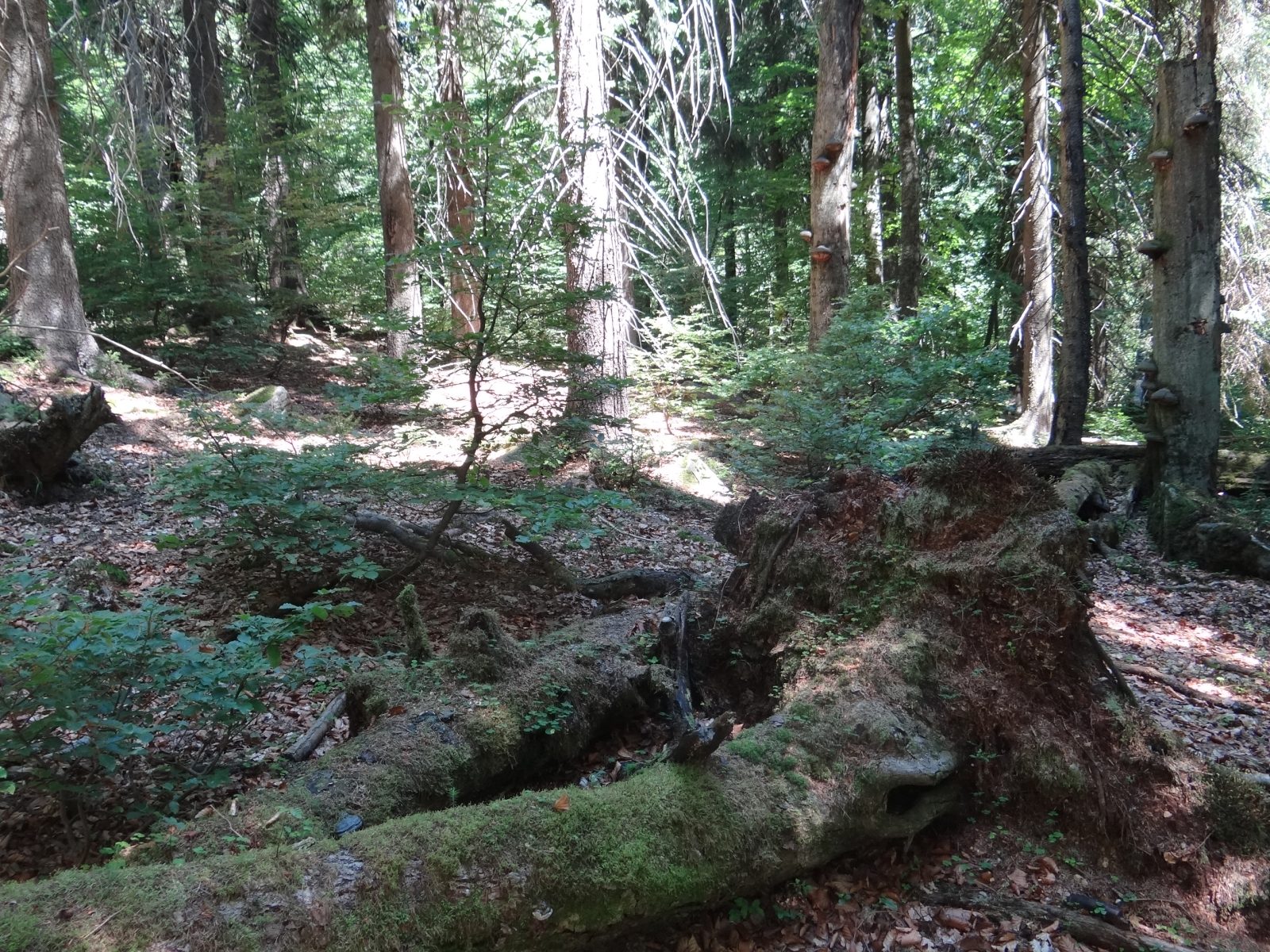
The encroachment of these highly competitive, nitrogen-loving species often harms the rare forest undergrowth plants. The results of the research highlight that future biodiversity patterns are fueled by complex interactions between multiple environmental factors, and not only by the effects of climate change. Understanding these interactions is essential for the protection of biodiversity and for maintaining European ecosystems. It is important to add that these results are connected to the previous results of the team, which also demonstrated significant changes in the continent’s flora, because of eutrophication3, among others, and ones published in prestigious scientific journals, like Science, Science Advances, Ecology Letters or Nature – Ecology and Evolution.
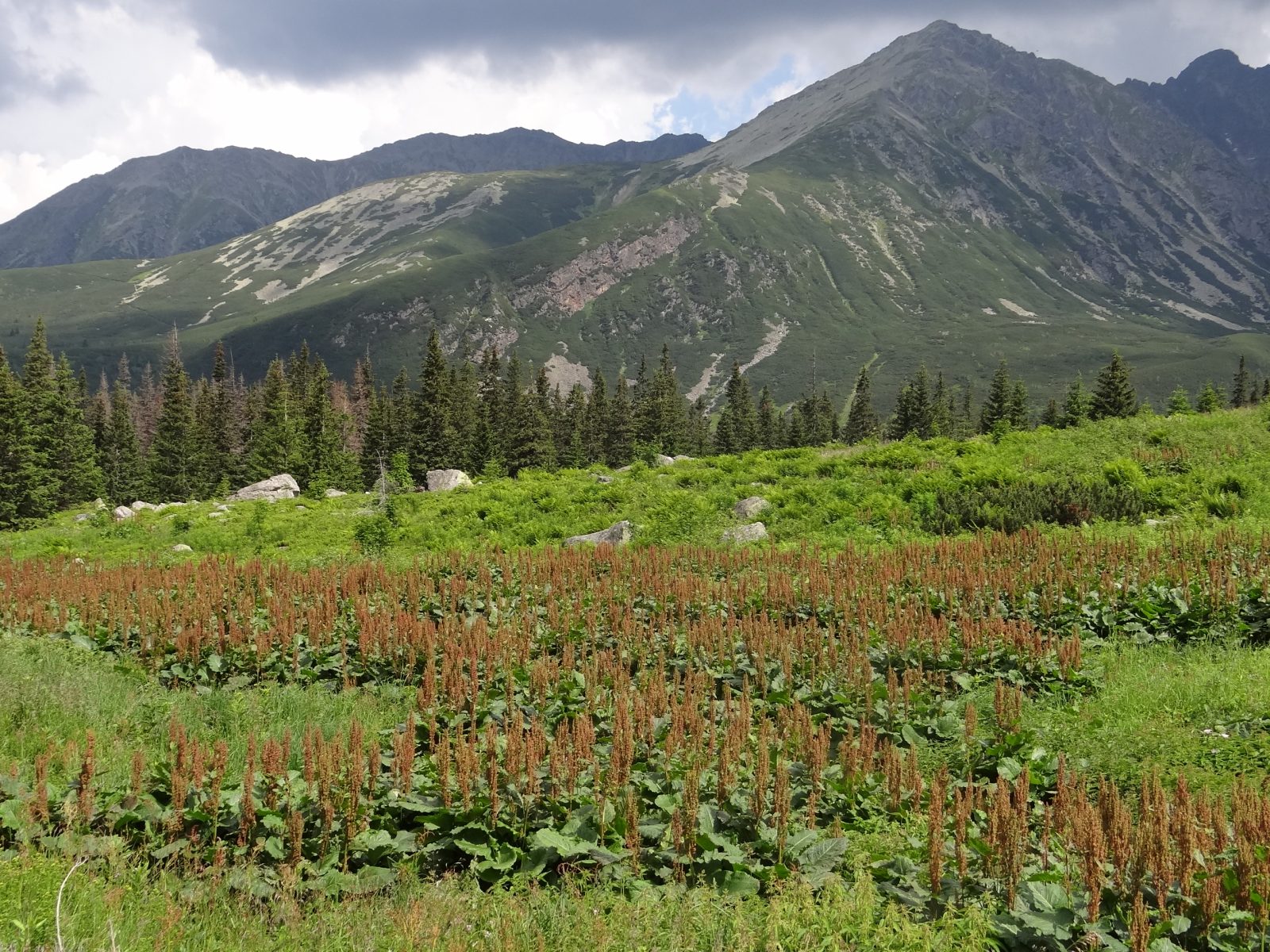
Key findings of the study:
- The study analyzed range shifts of 266 forest plant species in Europe over several decades, with the earliest data from nearly 3,000 studied locations coming from 1933.
- European forest plants are shifting their distribution with an average speed of 3.56 kilometers per year from east to west.
- 39% of vascular plants are migrating westward. Northward shifts were observed for only 15% of the species, in accordance with the climate change gradient.
- The main cause of these shifts is nitrogen pollution, contrary to the popular opinion which faults climate change.
- The research included many important European forests, like the Polish Białowieża
- Forest, as well as forests studied by the Wrocław center of research, located in the Sudetes and the Oder Valley
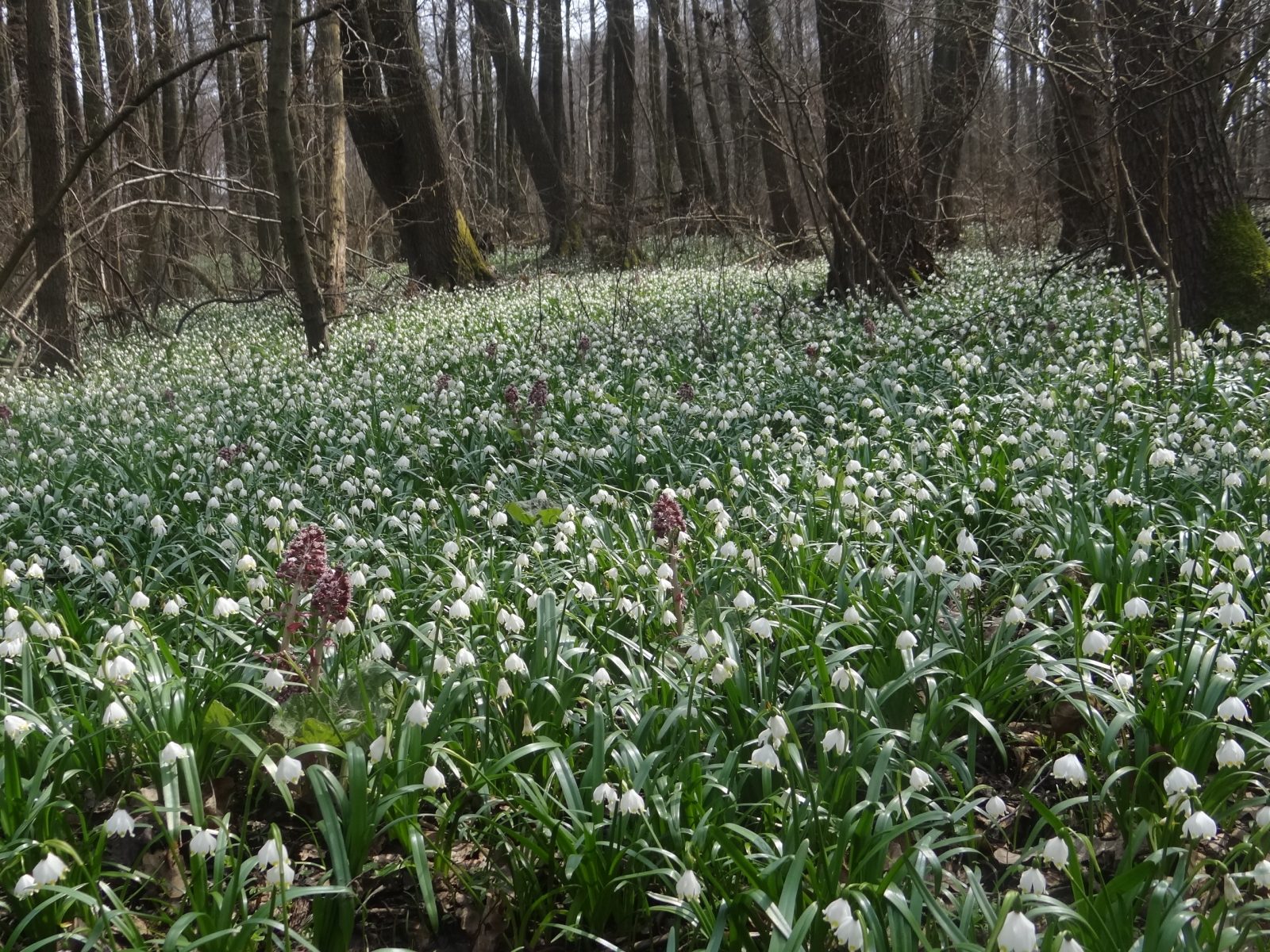
The forestREplot project will be continued, as there are many aspects of changes in the temperate zone forest that are yet to be analyzed. We have to know more about topics such as changes in the proportion of various forest species groups, risks associated with forest thermophilization, encroachment of geographically alien species or spontaneous adaptation of trees to climate change.
—————————-
1 phytosociological records – an inventory of plant species with their population shown in a scale conducted within a specific area of varying size, depending on the plant community. The records are conducted in accordance with an established methodology, which allows for comparisons over many years.
2 vascular plants – all plants that produce stems with vascular tissues that conduct water and nutrients. This group includes all plants, except for bryophytes (moss, hepatics, hornworts) and algae, which are aquatic plants with poorly differential organs.
3 eutrophication – a process of excessive environmental enrichment, using compounds containing nitrogen. Although such eutrophication can occur naturally, its current, too high level, is a result of human activity. Due to eutrophication, rare plants of specific habitat requirements die off and are replaced by expansive and common nitrophilous plants.
4 thermophilization – a process occurring in natural habitats due to climate change, based on gradual replacement of species needing lower temperatures by species that can tolerate warmer climates. Currently, one of the main causes for the loss of biodiversity.
Text: dr hab.Krzysztof Świerkosz, prof. UWr
Date of publication: 22.11.2024
Added by: E.K.
Translated by Sebastian Halczyk (student of English Studies at the University of Wrocław) as part of the translation practice



